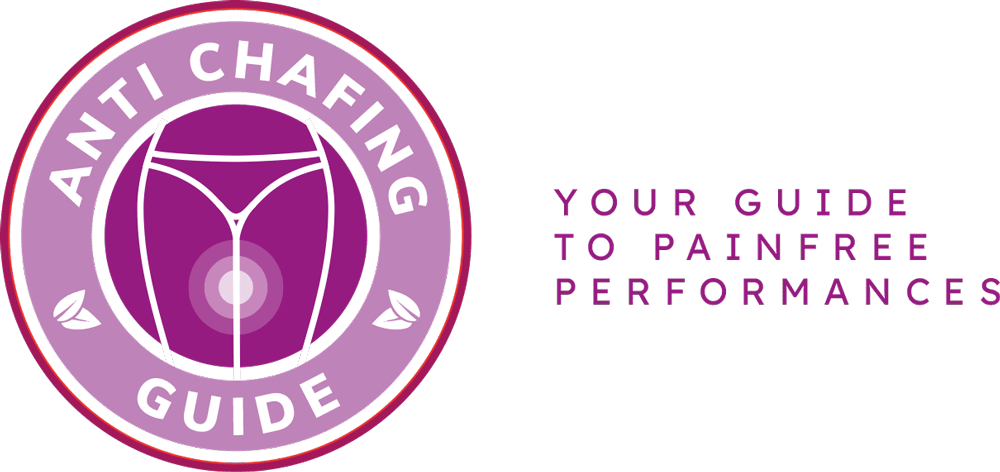Say goodbye to chafing woes with our ultimate guide to chafing prevention! We understand the discomfort and frustration that chafing can cause, which is why we have compiled this comprehensive guide to help you maintain smooth and happy skin. Whether you are an athlete, a busy parent, or someone who simply wants to enjoy a chafe-free day, our guide is here to provide you with effective tips and solutions for all your chafing-related issues.
In this guide, we will explore what chafing is, its causes, and how it affects the skin. We will also delve into the common areas prone to chafing and the discomfort it can bring. But don’t worry, we won’t leave you hanging! We will equip you with various preventive measures and techniques to avoid chafing. From choosing the right clothing to using lubrication methods and establishing a skincare routine, we’ve got you covered.
So, say goodbye to chafing woes and say hello to smooth and happy skin! Let’s embark on this journey together and discover the ultimate guide to chafing prevention.
Understanding Chafing
Understanding Chafing
Chafing is a common skin condition that can cause discomfort and irritation. It occurs when there is repetitive friction between the skin and clothing or other surfaces. This friction can lead to redness, soreness, and even painful blisters. Chafing most commonly occurs in areas where the skin rubs against itself, such as the inner thighs, underarms, and groin. However, it can also affect other areas of the body, such as the nipples, feet, and buttocks.
Chafing is often caused by activities that involve repetitive motion or prolonged periods of friction, such as running, walking, or cycling. It can also be exacerbated by factors such as heat, humidity, and sweat. Understanding the common areas prone to chafing is essential in preventing and managing this condition. By identifying these areas, you can take proactive measures to protect your skin and prevent discomfort.
Common areas prone to chafing include the inner thighs, where the skin rubs together during activities like walking or running. The underarms are also susceptible to chafing, especially during activities that involve arm movement. Additionally, the groin area, where the skin rubs against clothing, is another common site of chafing. It’s important to note that everyone’s body is unique, and certain individuals may be more prone to chafing in specific areas.
Chafing can cause significant discomfort, ranging from mild irritation to severe pain. The affected skin may feel raw, tender, and sensitive to touch. In some cases, chafing can lead to the formation of blisters, which can be particularly painful. It’s essential to address chafing promptly to prevent further complications and maintain smooth and happy skin.
Preventing Chafing
Preventing chafing is essential for maintaining smooth and happy skin. By taking proactive measures, you can avoid the discomfort and irritation caused by chafing. One of the key preventive measures is making proper clothing choices. Opt for breathable fabrics that allow air circulation and reduce friction against the skin. Avoid tight-fitting clothes that can rub against sensitive areas.
Lubrication is another effective technique to prevent chafing. Apply a generous amount of lubricant or anti-chafing balm to areas prone to friction, such as thighs or underarms. This creates a protective barrier that reduces friction and minimizes the chances of chafing.
Incorporating a skincare routine into your daily regimen can also help prevent chafing. Keep your skin well-moisturized and hydrated to maintain its elasticity and reduce dryness. Regularly exfoliate to remove dead skin cells, which can contribute to friction and chafing.
Remember, prevention is the key to avoiding chafing. By following these preventive measures and techniques, you can enjoy smooth and happy skin without the discomfort of chafing.
Frequently Asked Questions
- What is chafing?
Chafing refers to the irritation and soreness that occurs when skin rubs against skin or clothing, resulting in friction. It commonly affects areas where there are folds or creases, such as the inner thighs, underarms, and groin.
- What causes chafing?
Chafing is often caused by repetitive friction, moisture, and heat. Activities like running, walking, or wearing tight clothing can increase the likelihood of chafing. Sweat and inadequate lubrication can also contribute to this uncomfortable skin condition.
- How can I prevent chafing?
There are several preventive measures you can take to avoid chafing. Firstly, choose clothing made from breathable fabrics that reduce friction. Applying a lubricant, such as petroleum jelly or anti-chafing balms, can help reduce friction as well. Keeping the affected areas clean and dry, and using powders or moisture-wicking products, can also aid in prevention.
- Are there any natural remedies for chafing?
Yes, there are natural remedies that can help alleviate chafing. Aloe vera gel, coconut oil, and chamomile tea compresses can provide soothing relief to irritated skin. Additionally, taking cool baths with oatmeal or baking soda can help reduce inflammation and promote healing.
- How long does it take for chafed skin to heal?
The healing time for chafed skin varies depending on the severity of the irritation. Mild cases may heal within a few days with proper care, while more severe chafing may take up to a week or longer. It’s important to allow the skin to breathe, keep it clean, and avoid further friction during the healing process.


Keith is originally from Truckton, Colorado. The 54-year-old cared for his overweight wife for many years. Keitch is also a freelance editor at antichafing.net and supports the team as a competent advisor. In his spare time Keith enjoys reading books, visiting his homeland and is a passionate product tester for well-known manufacturers.

